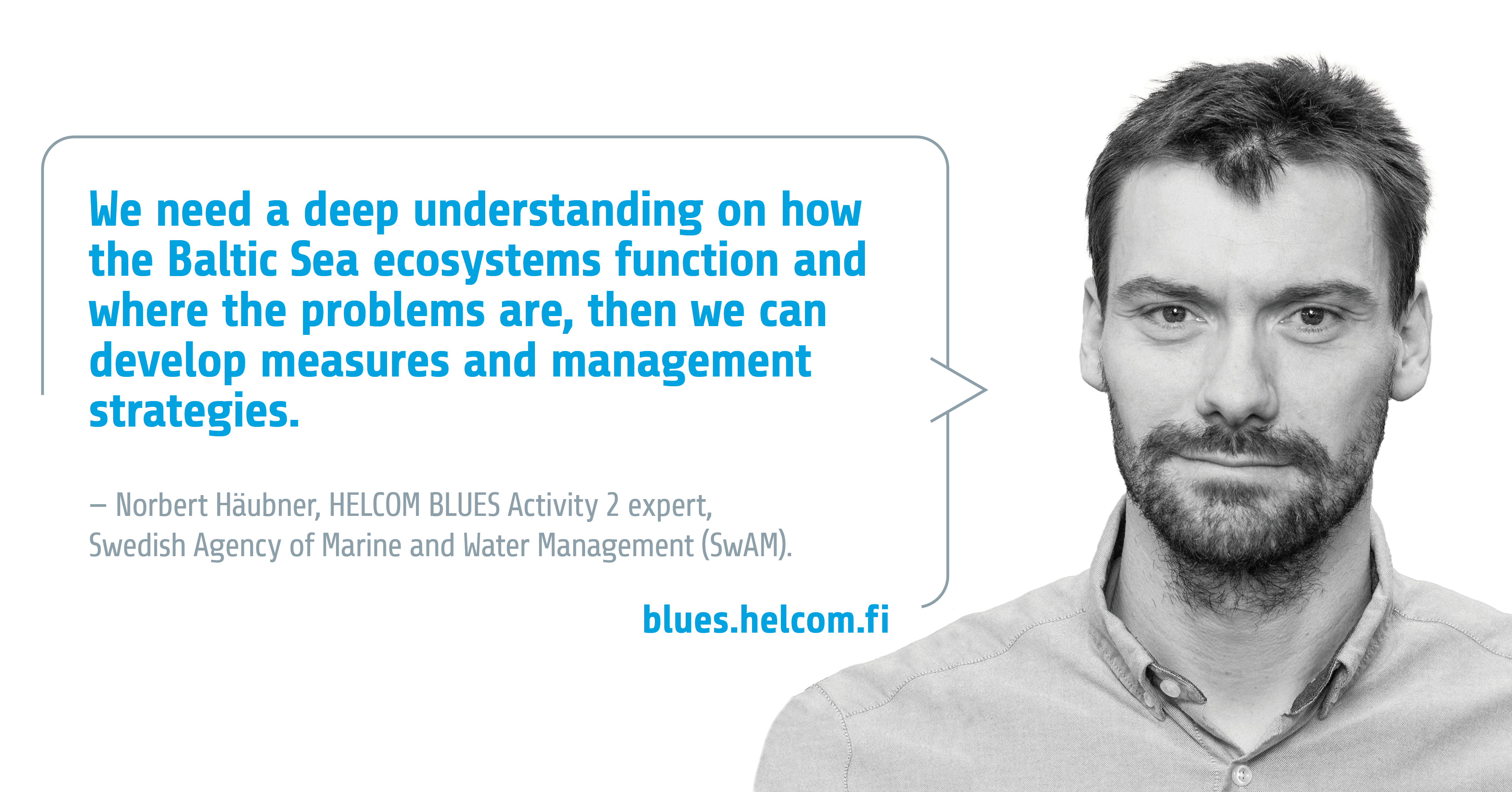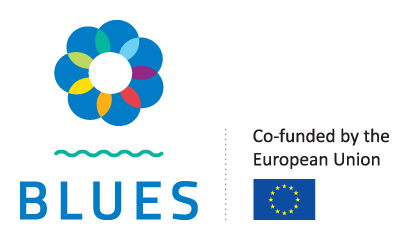
Norbert Häubner has a PhD in Marine Botany and is working since 2015 for the Swedish Agency of Marine and Water Management (SwAM) with the coordination of biodiversity assessment within the MSFD. He is active in different EU, HELCOM and OSPAR expert groups.
What is your Activity/Task in HELCOM BLUES all about? What main challenges and/or pressures on the Baltic Sea does it try to solve?
I was involved in different tasks dealing with the assessment of biodiversity (Activity 2). The tasks aim to improve the understanding of if we achieve good status for pelagic habitat and fish, and if not, why we do we not achieve good status. I would say, this is one step before solving the problem, we identify problems and guide measure to the right spot in the food web and ecosystem.
Additionally to these tasks SwAM has subcontracted NRM for tasks on advancing the work relating to harbour porpoise.
What are the planned outcomes of your specific BLUES Activity/Task?
The planned outcomes aim at developing new and further advancing already existing indicators, as well as developing methods to describe what is good and what is bad status. This knowledge improves our understanding of both the food web and ecosystem as such. For the planned outcomes relating to harbour porpoise, with the colleagues from NRM, we strive for an improved harmonisation between HELCOM and OSPAR for the abundance indicator, as well as an expert-based qualitative assessment of the Baltic Proper population. All the planned outcomes are laying the ground for successful marine management.
How will your BLUES Activity/Task benefit your organization in particular and the Baltic Sea in general?
I am working at the Swedish authority for Water and Marine Management. Our aim is to preserve the marine environment even for future generations. This will need a deep understanding of the functioning of the Baltic Sea ecosystems and where the problems are. These indicators will help us to understand and to develop measure and management strategies to improve and preserve marine biodiversity.
